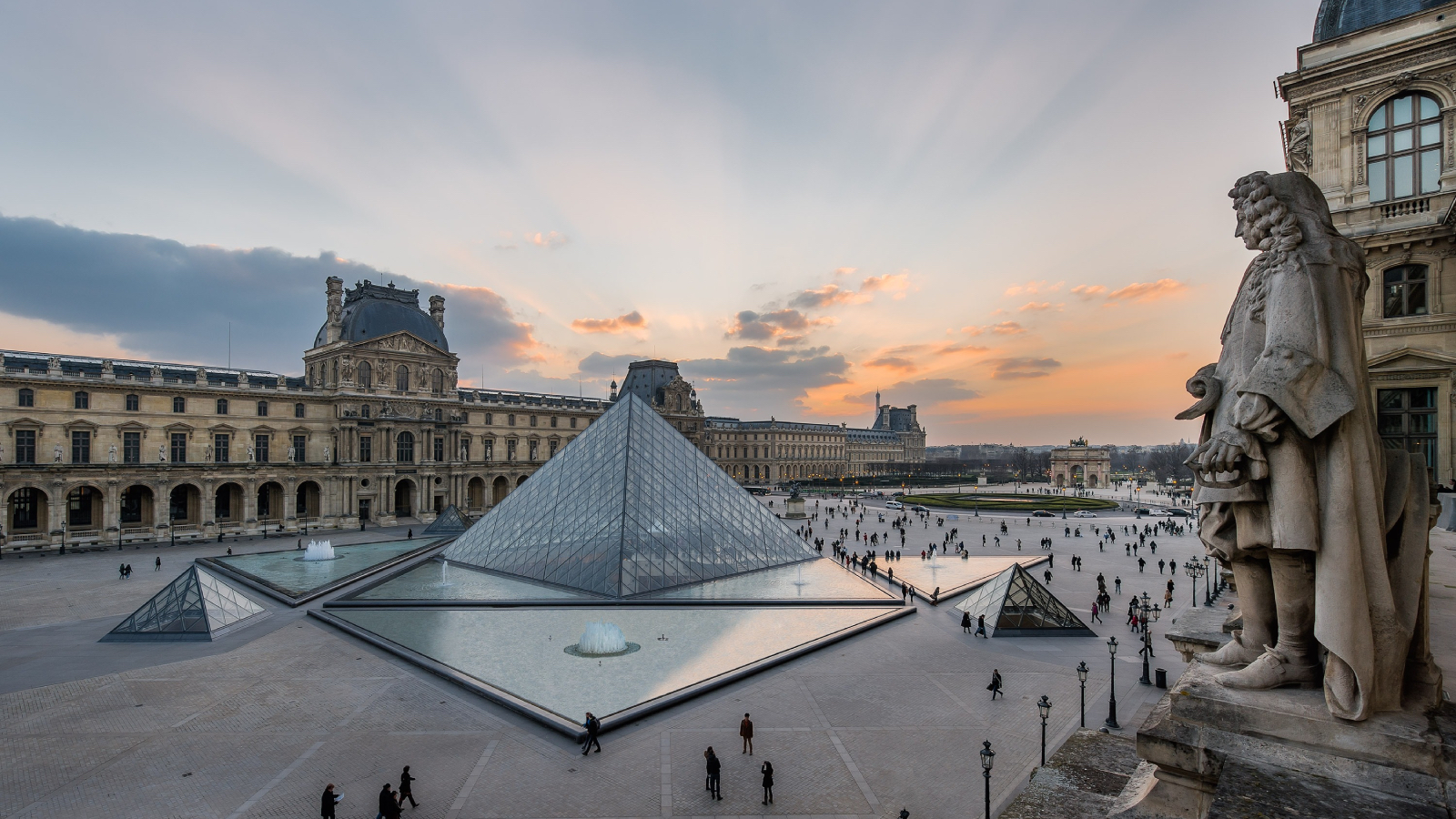|
A fort-like structure built by the Nazi’s during World War II has undergone a €100m transformation to reopen as a green hotel, bar and events space complete with a rooftop public garden

Tom Anstey | Planet Attractions | 15 Jul 2024

 Bunker St. Pauli was constructed in 1942 during World War II and has been transformed into a ‘green oasis’ Credit: Bunker St Pauli Bunker St. Pauli was constructed in 1942 during World War II and has been transformed into a ‘green oasis’ Credit: Bunker St Pauli
A former Nazi bunker in Hamburg has undergone a total transformation, with a €100m investment turning it into an attraction featuring a hotel and a rooftop viewing deck.
Formerly known as Flakturm IV, Bunker St. Pauli was constructed in 1942 during World War II. One of the few remaining remnants of the Nazi regime, the anti aircraft defence tower wasn’t destroyed as it would have “endangered neighbouring areas”.
Repurposed first as temporary housing and later as a TV broadcast centre, the building has undergone significant investment to include a new look both inside and out, and a complete reinvention of the space.
The building’s exterior now includes greenery to contrast with the concrete structure, while Reverb - a hotel operated by Hard Rock - is housed inside the bunker with 134 bedrooms available. The building also offers a restaurant, bar, and café, as well as a green rooftop space.
Since 2019, numerous public spaces for culture, leisure, and gastronomy have been created across five new floors of the building, while an additional 23,000 trees, shrubs, and perennials have been planted through the extensions on the upper levels.
An exterior stairway dubbed the mountain path, leads to the top of the building, home to a public city garden, which offers impressive panoramic views in all directions.
“The visual highlight of this pioneering landscape architecture project is the spectacular public rooftop garden, which is likely unique to all of Germany,” said a release. “It has a fantastic panoramic view over Hamburg, is within eyeshot of the Elbphilharmonie, and has a planted mountain path that winds upwards around the outside of the bunker.”
Acknowledging the history of the building, the bunker also features a memorial for victims of the Nazis. Furthermore, rooms for local culture, exhibition areas, and a hall for sports and cultural events have been created.
Bunker St. Pauli joins a number of Nazi-era developments that Germany wants to reintegrate with new purpose into modern society. In 2018, the former Gestapo headquarters reopened as a collection of luxury boutiques, offices, and apartments in Hamburg, while in Austria, the birthplace of Adolf Hitler is being turned into a police station.
Culture
|
|






Supplier Showcase 2025: The biggest attractions projects landing worldwide this year
|